Nettle
Delicious, nutritious and so much easier to grow than spinach!
This plant stings a bit, but don’t be a hater, as it has far greater virtues. Nettles can be used to aid digestion and detoxing just like dandelion, but has also been used to treat eczema, skin rashes and arthritis. You can juice it for concentrated nutrition and a powerful toxin-flushing effect, or you can make it into nettle tea as a herbal digestive remedy. You can also add it in tasty food preparations such as nettle pesto and nettle soup.
The most important health benefits of stinging nettle include its ability to detoxify the body, improve metabolic efficiency, boost immunity, increase circulation, improve energy levels, manage menstruation, minimize menopausal symptoms, and aid in skin care. It has the power to protect the health of the kidney and gallbladder, lower inflammation, increase muscle mass, regulate hormonal activity, lower blood pressure, soothe hemorrhoids, and improve respiratory conditions.
Many of nettle’s benefits come from its high nutrient content. It contains vitamin A, vitamin C, and vitamin K along with easily assimilated calcium and iron. Other nutrients include magnesium, potassium, protein, beta-carotene, and chlorophyll.
Stinging nettle also has a high antioxidant content and contains polyphenols. Antioxidants help to defend the body against free radicals which can cause aging, some types of cancer, and other diseases. You can forage for it in many different regions or grow some in your garden (where it will require little or no attention and provide you copious amounts of food and medicine).
Here are some of the health benefits that Nettle offers:
1. Strengthens immune function
The nettle plant contains several immune-boosting compounds, including flavonoids, carotenoids, and vitamins A and C. These antioxidants help protect immune cells against damage that can weaken immune function. Research shows nettle extract strengthens the immune response, encouraging immune cell activity. Scientists at Hacettepe University in Ankara, Turkey, found that the plant stimulates the T-cells of the immune system, which help fight infection and other disease-causing pathogens in the body.
Stinging nettle has also been connected to the treatment of a variety of respiratory conditions, including hay fever, asthma, and other seasonal allergies. Also, certain extract combinations from stinging nettle can significantly reduce allergic reactions. This is confirmed in a study conducted by Dr. Randall Alberte, et al., Chief Scientific Officer of HerbalScience Group LLC, US. Regular consumption of its tea has been associated with curing asthma in Australia for generations.
It only makes sense that this amazing cure-all herb would also be able to positively affect the heart. Research has revealed that regular consumption of stinging nettle tea can help to lower systolic blood pressure and relieve tension and stress on the cardiovascular system.
Prostate enlargement and other prostate problems are a serious issue to all men as they age and stinging nettle has proven to be an effective means of preventing prostate growth. However, due to the chemical pathways that this treatment takes, stinging nettle root can only prevent the prostate enlargement, not reverse or reduce it. Palmetto along with nettle root can also reduce the urge of frequent urination.
5. Skin Care
When the extracts are applied to the skin, stinging nettle has been proven to reduce the severity of acne and can even prevent bacterial infections. Due to its antioxidant properties, it can also speed healing, reduce the appearance of scars and blemishes, and promote anti-aging effects to reduce wrinkles and age spots.
Stinging nettle is a stimulant and rubefacient substance, making it very effective against various inflammatory conditions. Researchers from Germany in their study have revealed that the herb can treat rheumatic arthritis and chronic muscle pain. Furthermore, stinging nettle tea or herbal supplementation can also effectively treat gout.
Although we don’t hear much about boron, it is still an important mineral found in stinging nettle. Boron has been linked to maintaining calcium content in our bones, which means that stinging nettle can help to slow the onset of osteoporosis. When you combine that effect with the hormone-regulating impact that stinging nettle has, which helps to regulate and monitor bone health as well, it seems like this herb truly can do it all.
Stinging nettle has a number of active components that affect feminine health. For painful premenstrual symptoms, it can give relief from cramping and bloating, while also minimizing blood flow during menstruation due to its astringent capabilities. For women undergoing menopause, stinging nettle can smooth the transition and act as a restorative aid, so the hormonal shift isn’t as dramatic in the body.
The combination of high vitamin C and iron content in stinging nettle makes it ideal for stimulating red blood cell production. Vitamin C optimizes iron uptake in the gut, while the iron is a crucial component of hemoglobin. By increasing the RBC count and the blood circulation, as well as speeding up wound recovery, the body’s extremities receive essential oxygenation to boost energy levels. For the same reason, stinging nettle is often recommended to relieve fatigue or anemia, which is characterized by general muscle weakness, exhaustion, cognitive difficulties, and headache.
The beta-carotene content of nettle leaves is 10 times that of wheat and barley flour. This vitamin is essential to maintaining a healthy retina and ensuring an adequate response to light.
Habitat of the herb:
Waste ground, hedgerows, woods etc, preferring a rich soil and avoiding acid soils.
Edible parts of Stinging Nettle:
Young leaves - cooked as a potherb and added to soups etc. They can also be dried for winter use. Nettles are a very valuable addition to the diet, they are a very nutritious food that is easily digested and is high in minerals (especially iron) and vitamins (especially A and C). Only use young leaves (see the notes above on toxicity) and wear stout gloves when harvesting them to prevent being stung. Cooking the leaves, or thoroughly drying them, neutralizes the sting, rendering the leaf safe to eat. The young shoots, harvested in the spring when 15 - 20cm long complete with the underground stem are very nice. Old leaves can be laxative. The plants are harvested commercially for extraction of the chlorophyll, which is used as a green colouring agent (E140) in foods and medicines. A tea is made from the dried leaves, it is warming on a winters day. A bland flavour, it can be added as a tonic to China tea. The juice of the leaves, or a decoction of the herb, can be used as a rennet substitute in curdling plant milks. Nettle beer is brewed from the young shoots.
Nettles are easy to identify. The dark green, opposite leaves are a few inches long, with a rough, papery texture, and very coarse teeth. The leaf tip is pointed, and its base is heart-shaped. In springtime, the nettle shoots will be close to the ground with only a few rows of leaves. The plant grows rapidly to a mature height of about 2 meters (6.5 feet) in summer. In fall the plant dies back, but re-emerges in the same location the following spring. Once you find a patch of nettles, you can harvest year after year in the same spot.
For more information check out this video: Stinging Nettle — The Most Nutritious Plant On Earth?
How to harvest nettles
‘Stinging’ nettles are given this name for good reason. If you touch any part of the plant, you will be stung. The sting is mildly painful and can last for hours. Wear gloves, long-sleeved shirt and long pants when hunting for nettles. Use a scissors or garden clippers to cut the top two bracts of leaves, leaving the rest of the plant to regenerate. Set a pot or bag alongside the plant and clip directly into the container. About a cup of fresh leaves is sufficient to brew a cup or two of tea.
Enjoying Nettle In the Kitchen:
I love how I can use Nettle leaves in the place of spinach for a nutrient dense money saving alternative. I also dry lots for enjoying as tea year round as I find it really helps with my allergies. Below are some recipe ideas for how you can enjoy your stinging nettle harvests, Enjoy! :)
How to brew nettle tea
Simply add water to your collected nettle leaves and heat to a near boil. Use about two cups of water for a cup of leaves; there’s no need to measure. You can make the tea stronger by steeping longer, or weaker by adding more water. Once the water is near boiling, reduce heat and simmer for a couple minutes. Pour through a small strainer and the tea is ready to drink. Some people prefer a small bit of sugar added to the tea, but I find the taste is just fine without any additives.
The dried tea leaves are tasty all on their own, but the experts at Wolf College say it also pairs well with any member of the pine family.
How to make Nettle soup: https://learningherbs.com/remedies-recipes/nettle-soup/
Nettle Crepes https://misswondersmith.com/blog/2019/nettlecrepes
Stinging Nettle and Ricotta Conchiglie : https://vinegartart.com/2010/05/10/stinging-nettle-and-ricotta-conchiglie/
TURKISH NETTLE SALAD (ISIRGAN SALATASI) : https://foragerchef.com/nettle-salad-isirgan-salatasi/
Stinging Nettle & Ricotta Rice Cakes: https://cravinggreens.com/stinging-nettle-ricotta-rice-cakes/
Sourdough Nettle Rye Bread : http://wholewheatfsm.blogspot.com/2014/06/sourdough-nettle-rye-bread-recipe-or.html
Nettle Pesto : http://www.nakedcuisine.com/nettle-pesto/
Spring Nettle Pesto with Roasted Yams : https://inpursuitofmore.com/blogs/recipes/spring-nettle-pesto-with-roasted-yams
Stinging Nettle Iced Tea : https://www.alive.com/recipe/stinging-nettle-iced-tea/?fbclid=IwAR34GP_eQuAb5kb75iz3kC46iV3Qfv7QlhtJ62ys1uqMRGBd9NK7gwSbmkI
Nettle Ravioli : https://supperinthesuburbs.com/2021/09/12/wild-nettle-ravioli/
Nettle Cake with ‘moss icing’ : https://misswondersmith.com/blog/2018/3/13/nettle-cake-an-ode-to-moss-gazing
and if your still hungry for more nettle recipes here is a link to 40+ Stinging Nettle Recipes ! : https://www.growforagecookferment.com/stinging-nettle-recipes/
Other uses for Nettle:
How To Make Nettle Yarn: https://www.motherearthnews.com/diy/homespun-nettle-fiber-zm0z21onzram/
How To Process The Nettle Plant Into Fiber: https://www.lampoonmagazine.com/article/2022/04/03/urtica-dioica-european-nettle-fabric/
Urtica Dioica: the sustainable nettle fabric that looks like silk : https://www.lampoonmagazine.com/article/2022/04/03/urtica-dioica-european-nettle-fabric/
How to gather and process nettles for cordage making fibres: https://www.jonsbushcraft.com/Nettle%20cordage.htm
Harvest & process nettles for crafts, jewellery making, garden string:
I hope you found this information helpful and will try foraging for some nettle this spring and find peace of mind in the knowing that you are surrounded in food and medicine.
If we learn from Mother Nature and accept her open hand we can thrive and nurture our bodies in any and all situations (while staying guided by integrity and love).
We can align our wealth and health with the health and wealth of the living Earth and through merging with her regenerative capacity and inherent abundance we can become irrepressible. We can learn from the wisdom of our ancestors and lift ourselves out of plant knowledge poverty so that we can embody True Wealth each and every day (regardless of how much currency we have access to).
We can find resilience and confidence on the path forward through reconnecting to Mother Earth in our day to day routines to learn from her inherent abundance, give back to her and allow that abundance to flow into our lives as well. We can do this joyfully, purposefully and in doing so refuse to feed into corporations to one day render them obsolete and leave them behind.
We are the ones we have been waiting for.



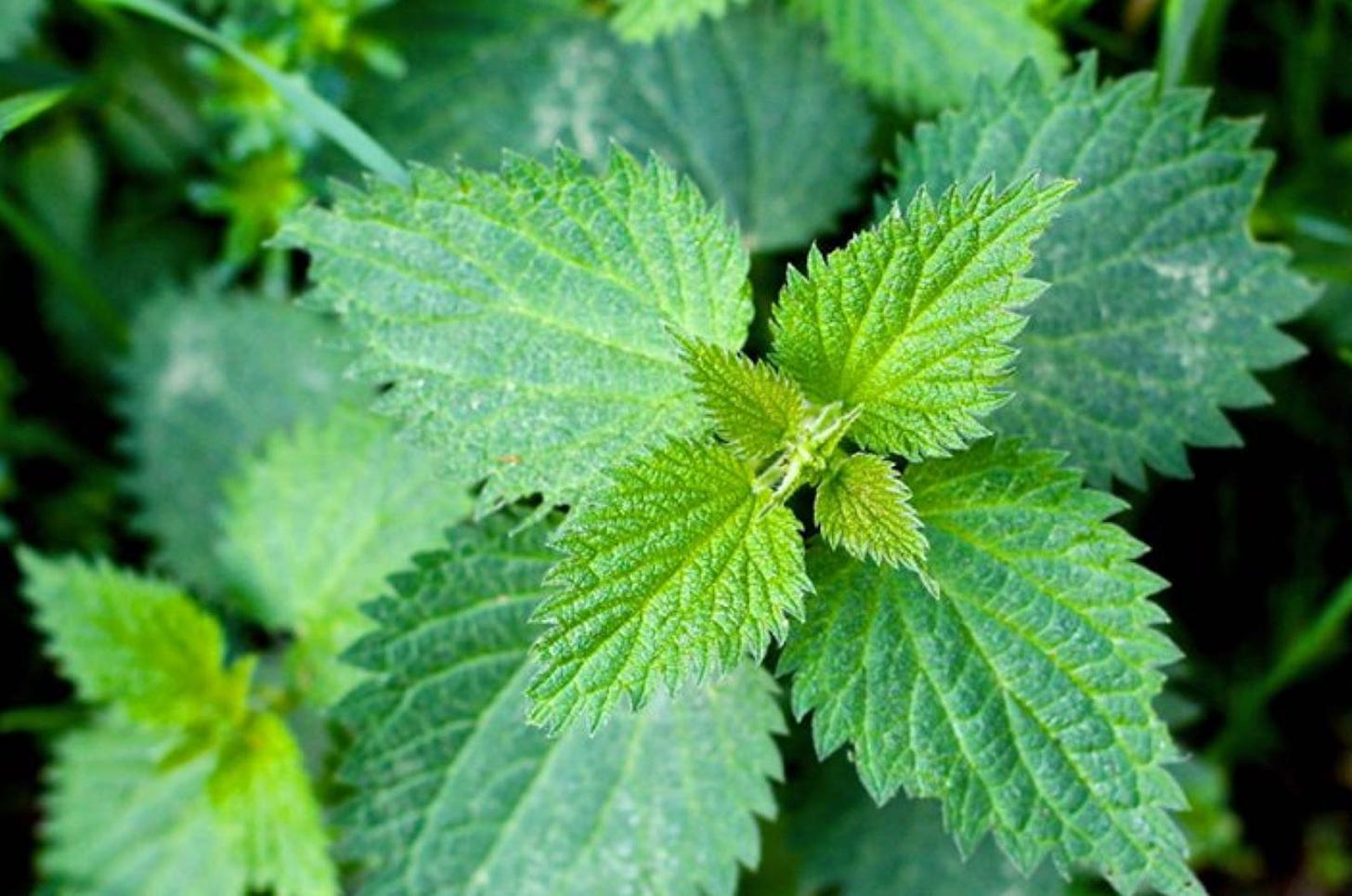
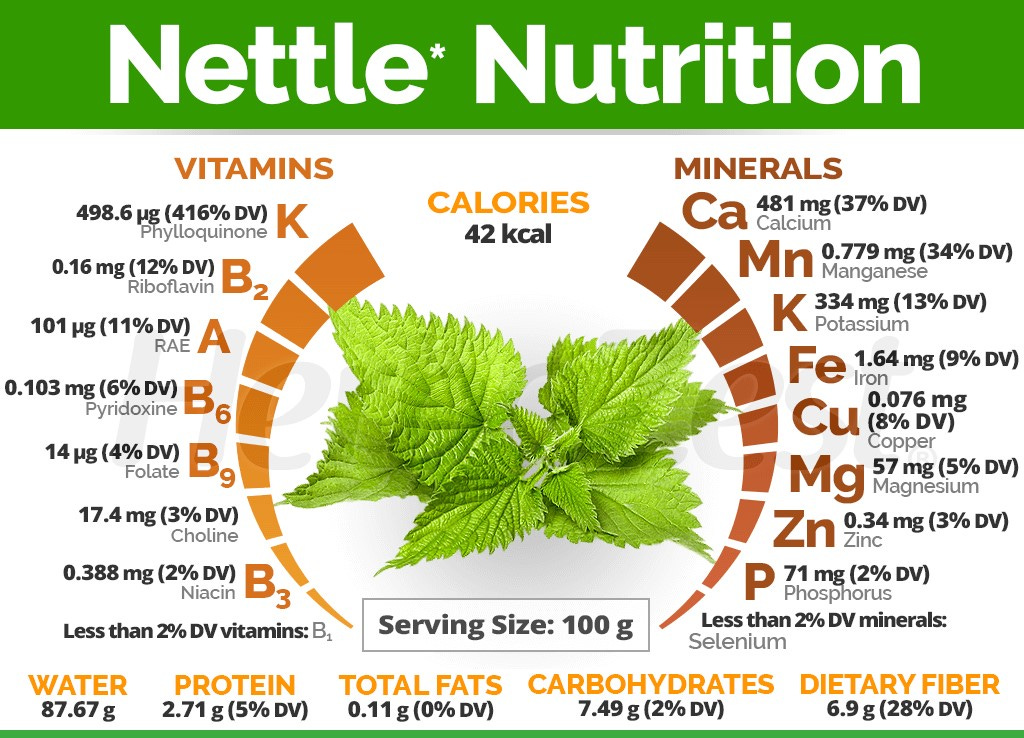
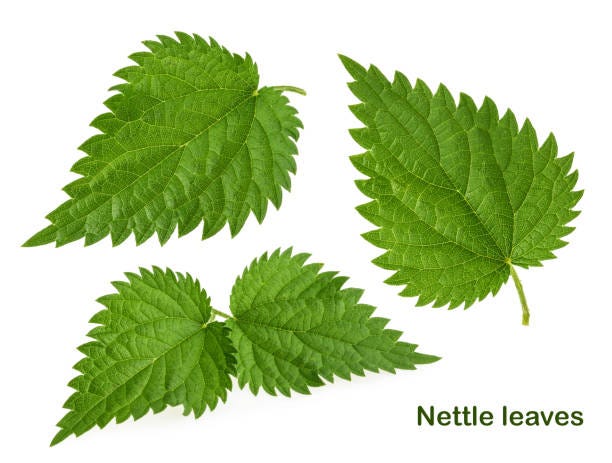

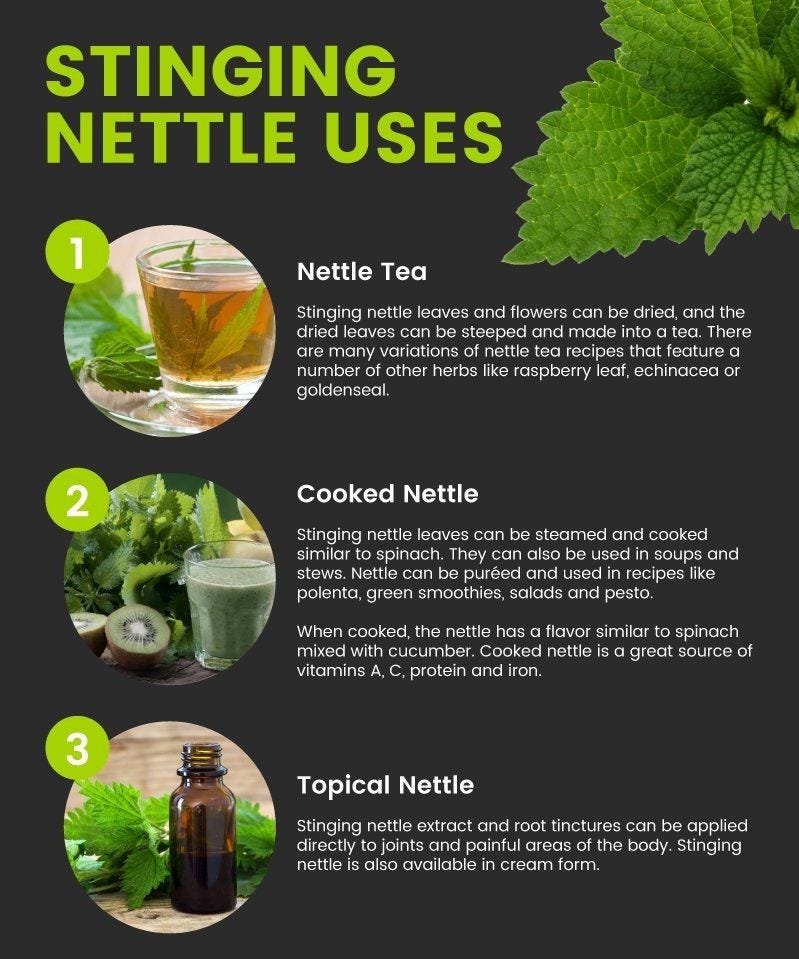
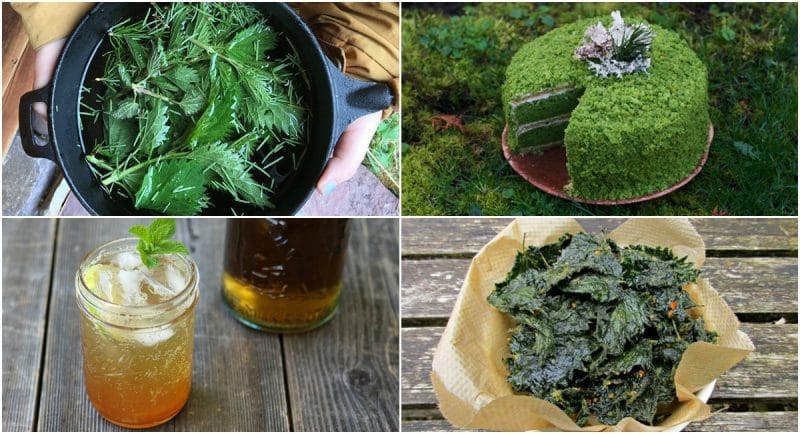
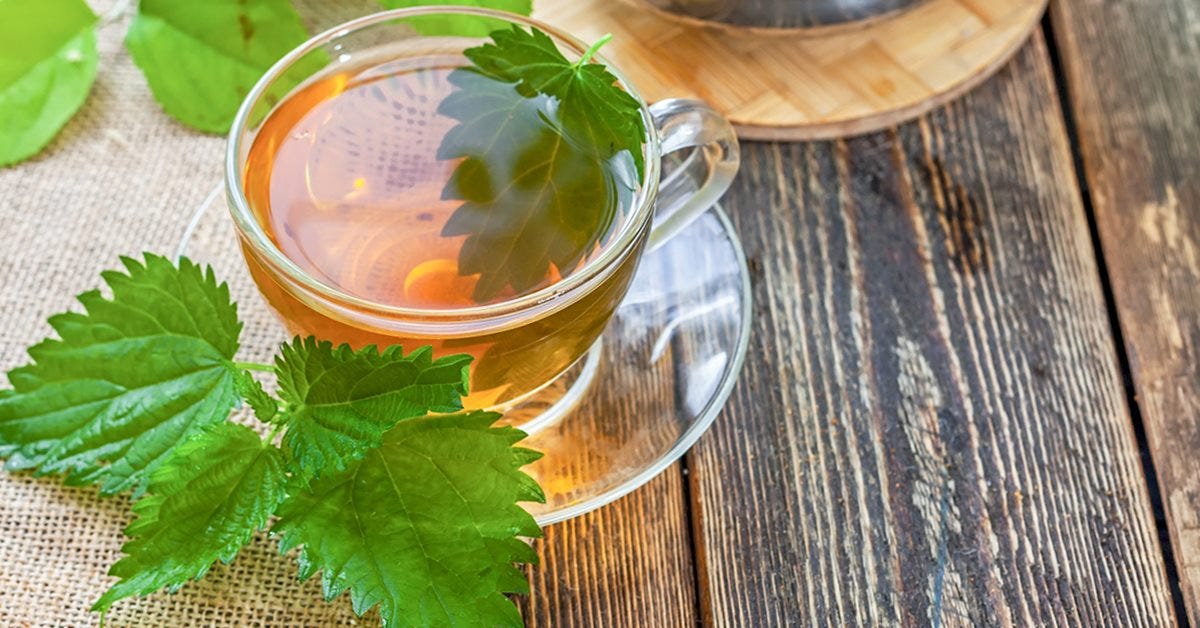
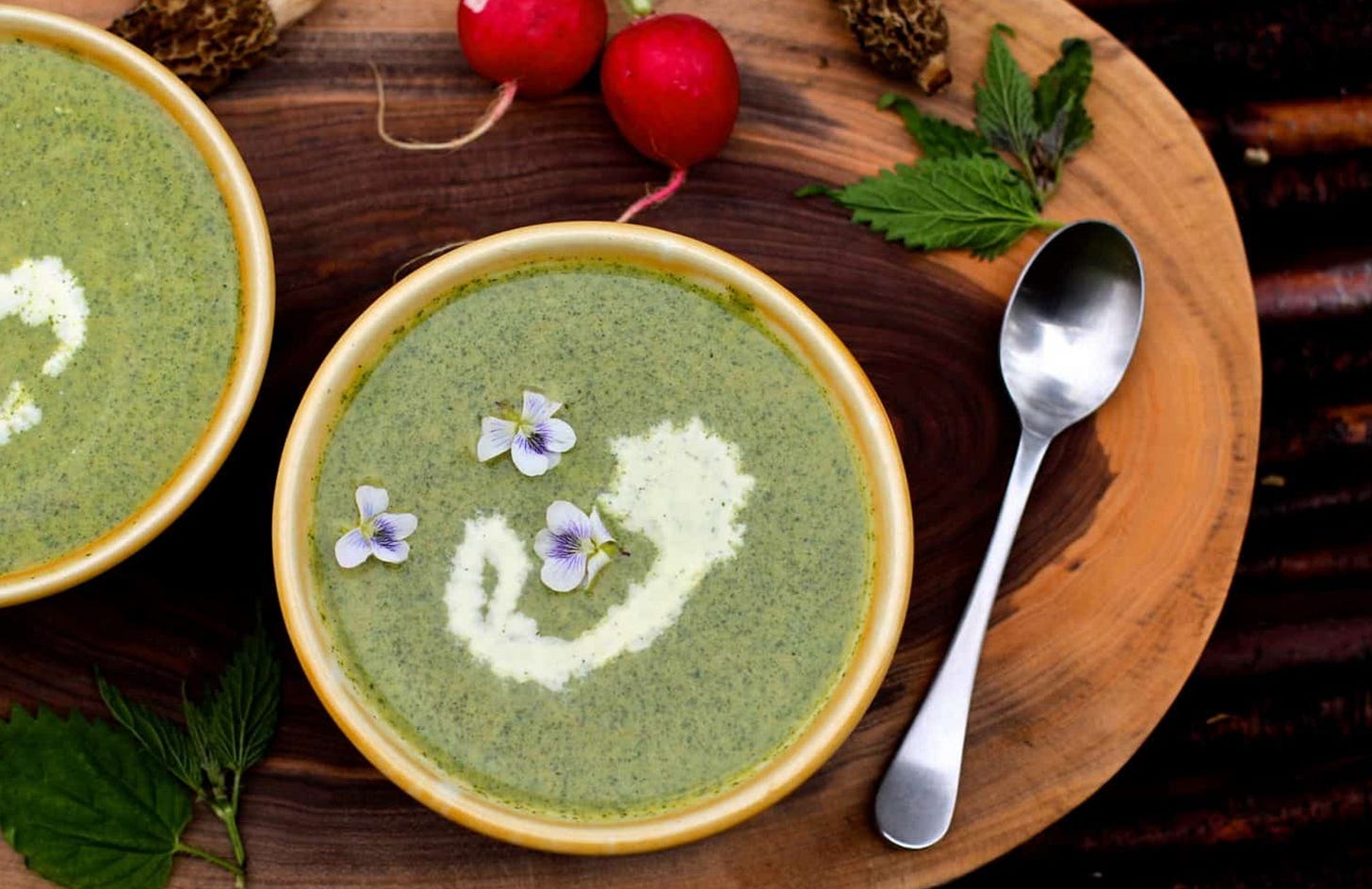
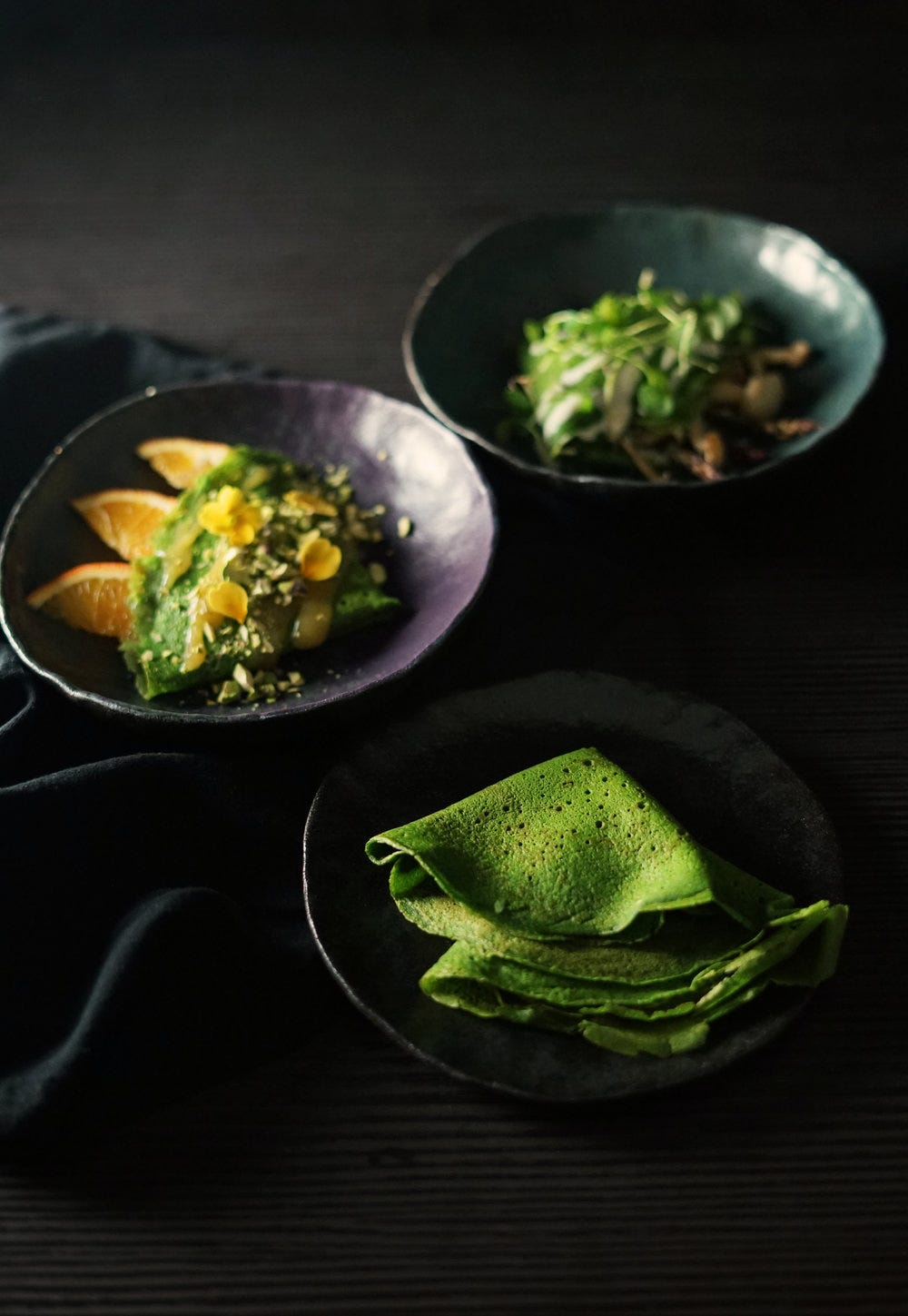
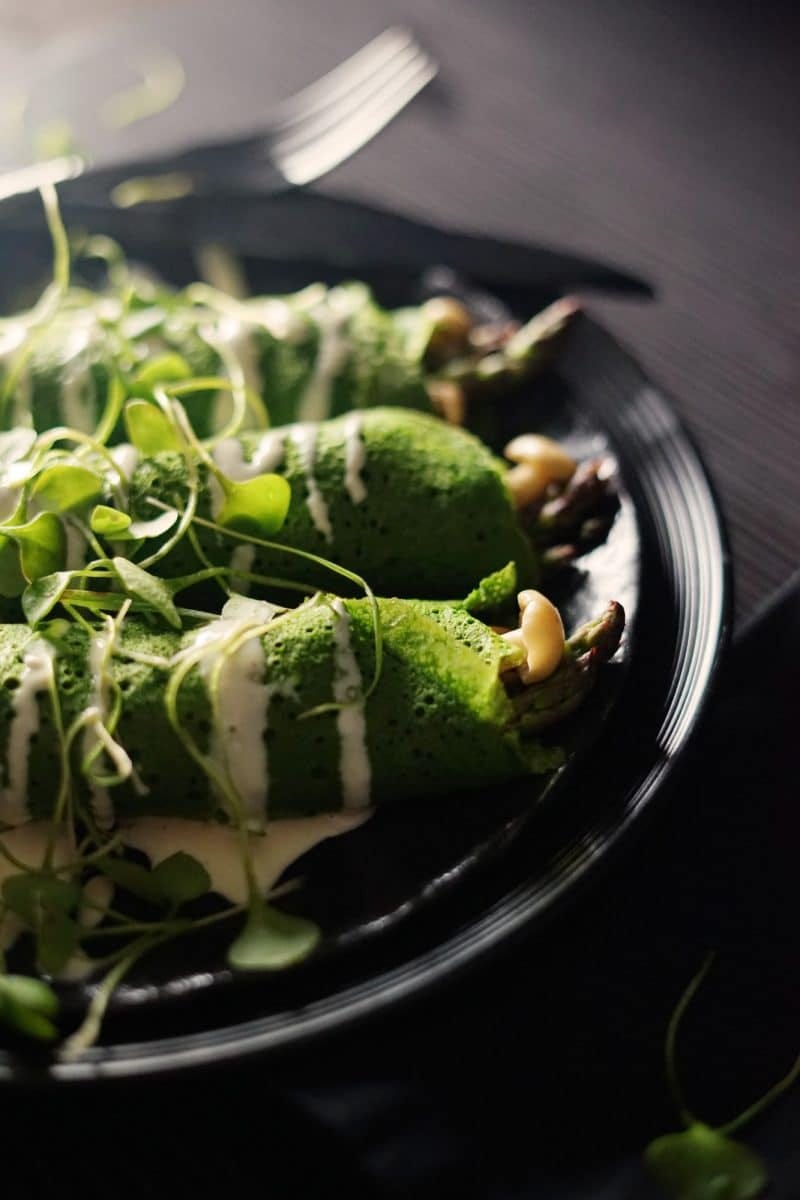

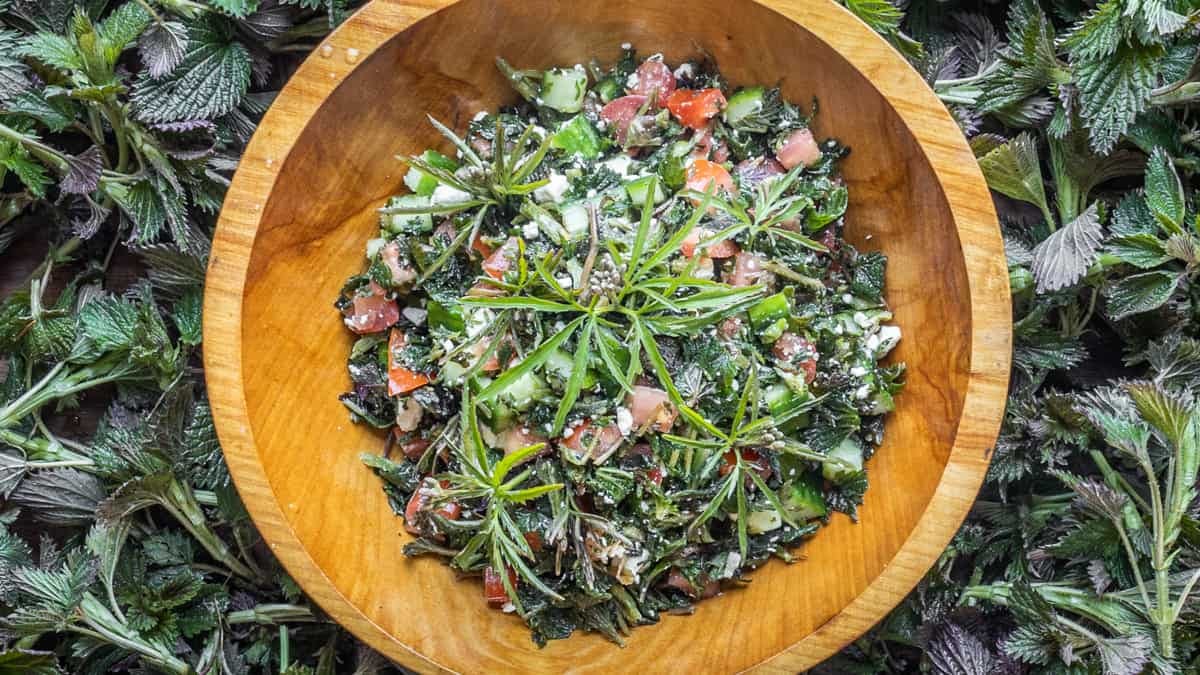
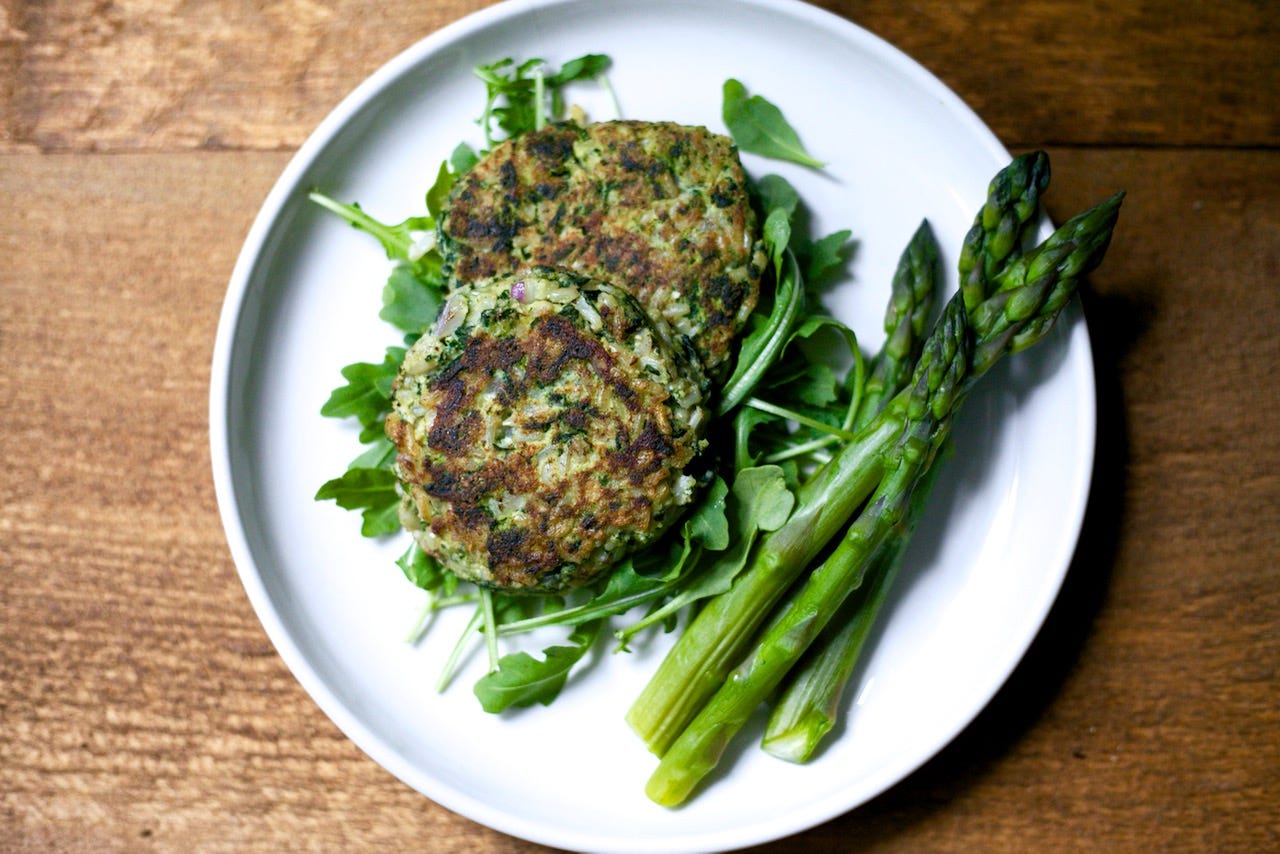
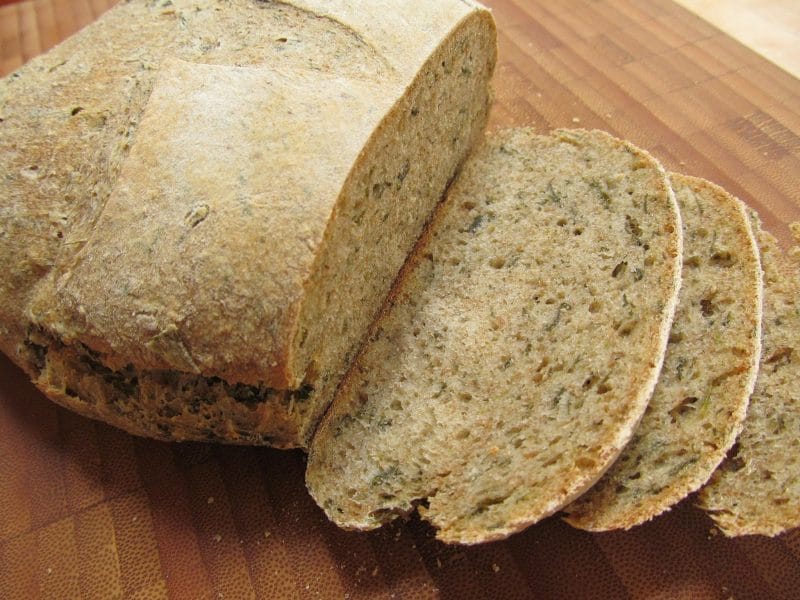

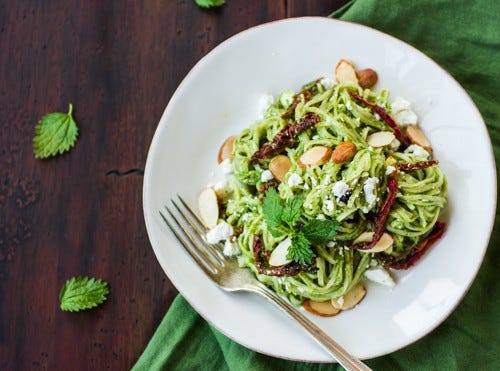

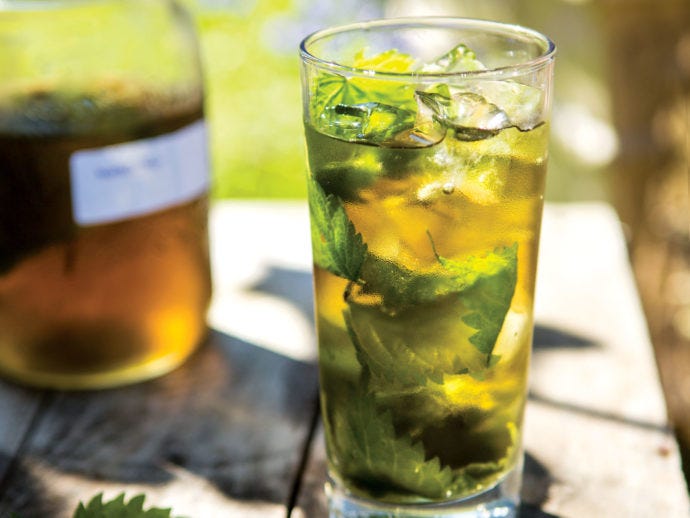

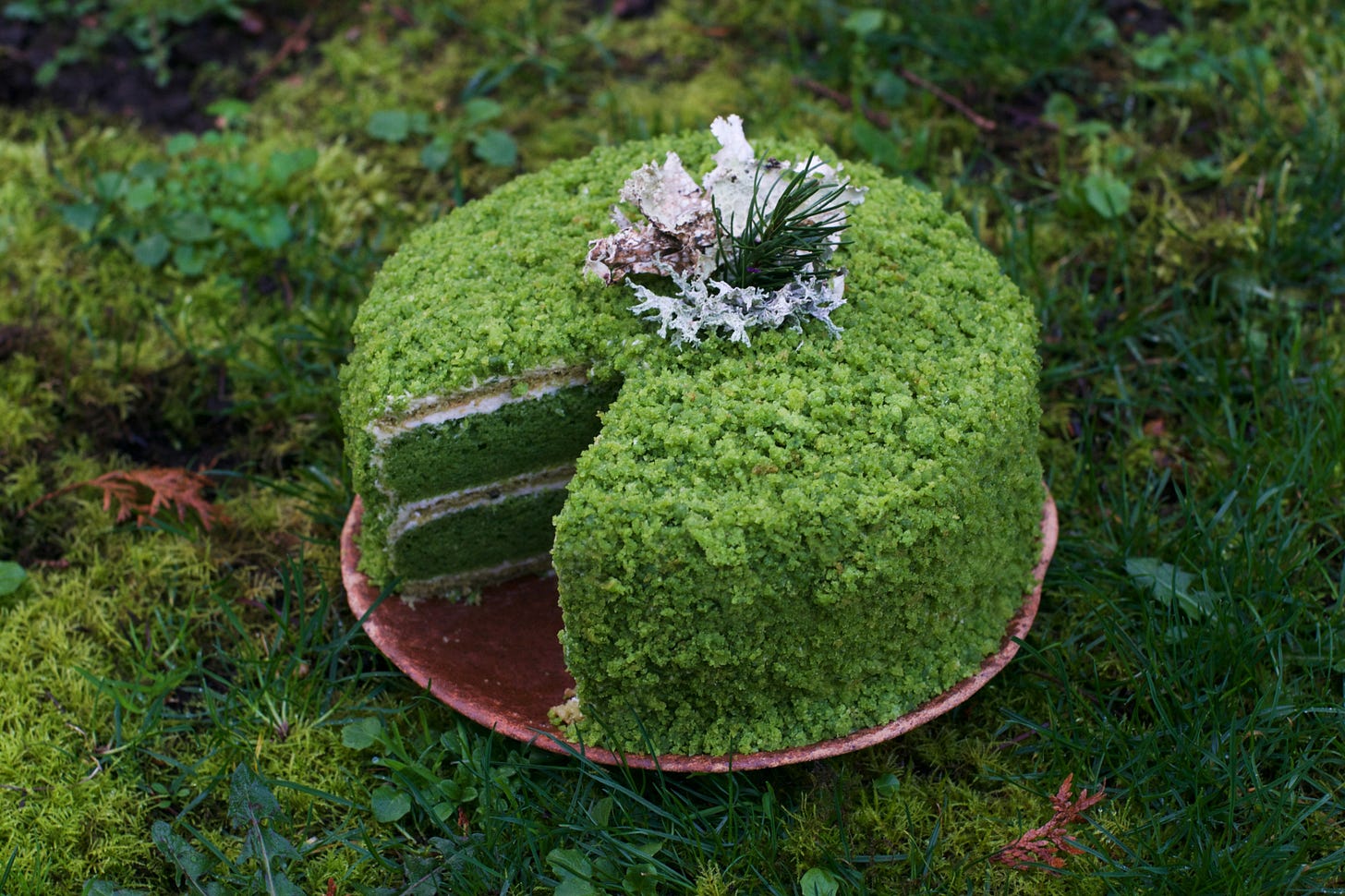
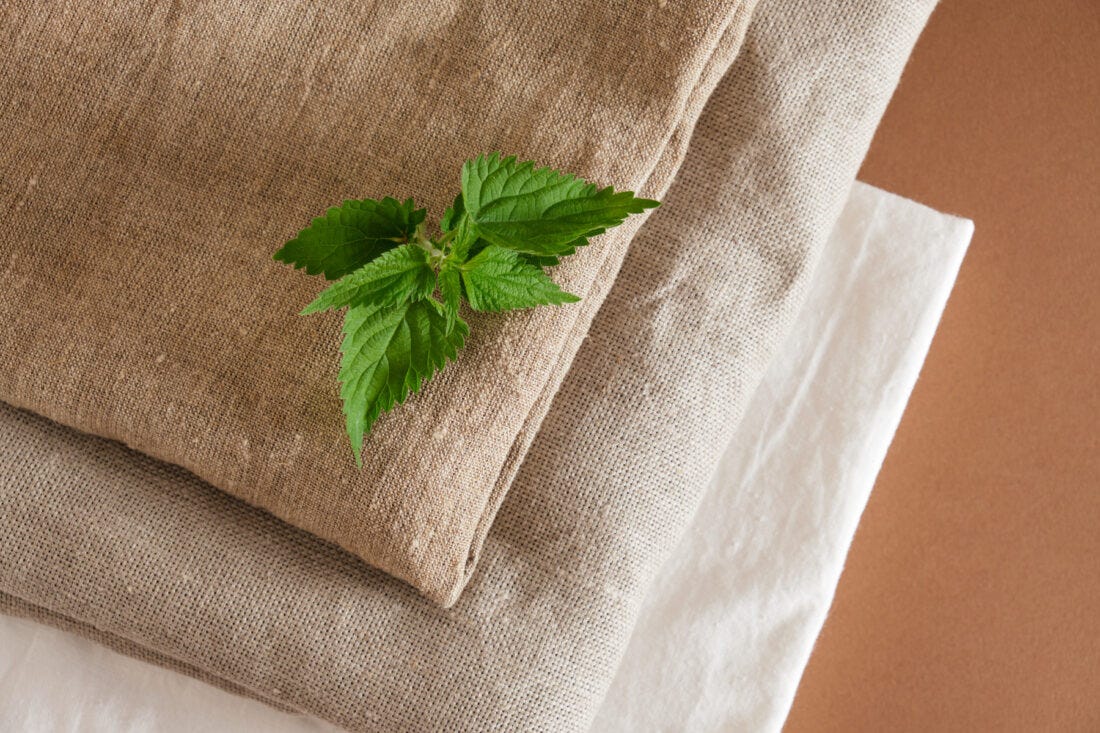
I should add...I have tried so hard to like the taste of this precious plant but I just don't. I have to add it to Peppermint or something else. I might try adding it to Pine needles like you mentioned!
Wild Nettle land is amazing! Thank you. To date I've only suffered stings, and nettle invasions on my allotment, but this blog was so informative, I'm inspired.